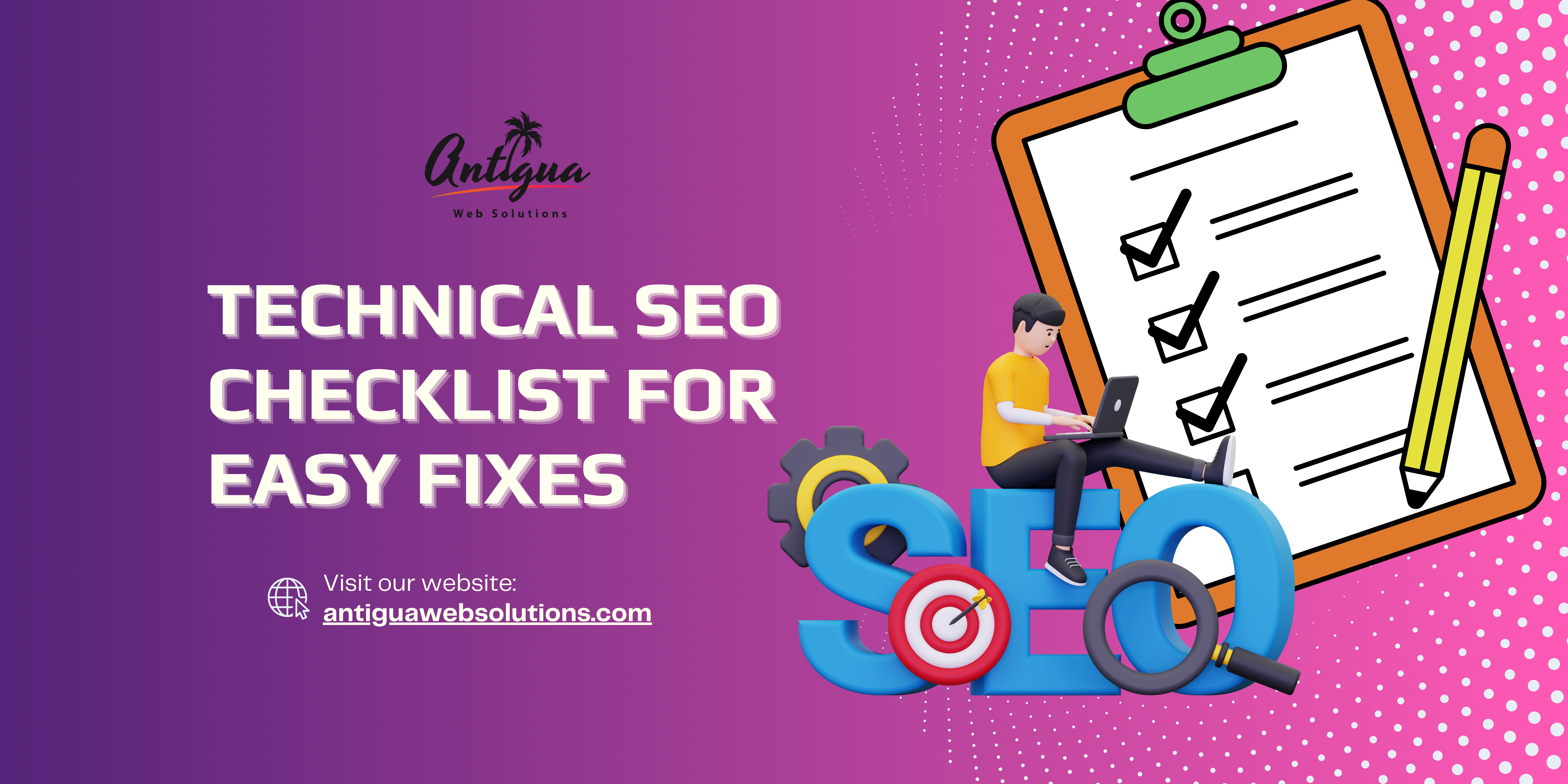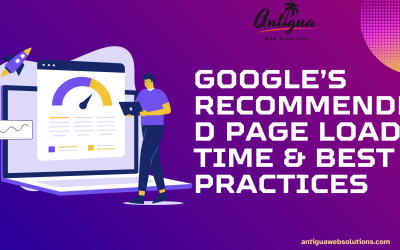In the digital era, where competition for online visibility is fierce, optimizing your website’s technical foundation is crucial. A well-executed technical SEO checklist ensures your site is crawlable, indexable, and user-friendly, which ultimately leads to higher rankings on search engine result pages (SERPs). This guide delves into essential technical SEO factors, outlines common technical SEO issues, and provides a comprehensive technical SEO audit checklist to help your website thrive.
What is Technical SEO?
Technical SEO involves optimizing your website’s infrastructure to enhance its visibility and performance for search engines. It focuses on the non-content aspects of SEO, including website speed, security, mobile responsiveness, and crawlability.
Why is Technical SEO Important?
- Improved Crawlability: Search engines can efficiently crawl and index your website.
- Better User Experience: Optimized technical elements lead to faster loading times and smoother navigation.
- Higher Rankings: Resolving technical SEO issues improves your website’s relevance and authority.
Key Components of a Technical SEO Checklist
1. Crawlability and Indexability
Ensuring that search engines can access and index your site is foundational to technical SEO.
Steps to Optimize Crawlability:
- Check Robots.txt File: Ensure important pages aren’t being blocked.
- Create and Submit an XML Sitemap: Use tools like Yoast SEO to generate a sitemap and submit it via Google Search Console.
- Fix Crawl Errors: Regularly monitor and resolve errors reported in Search Console.
2. Optimize Website Speed
Website speed is a crucial ranking factor. Slow websites lead to higher bounce rates and lower rankings.
Tips to Improve Speed:
- Enable browser caching and GZIP compression.
- Minimize CSS, JavaScript, and HTML files.
- Optimize images for faster loading.
- Use a Content Delivery Network (CDN) to deliver content faster.
3. Mobile-Friendliness
With mobile-first indexing, having a mobile-optimized site is non-negotiable.
Mobile Optimization Checklist:
- Use responsive web design.
- Test your site using Google’s Mobile-Friendly Test.
- Optimize touch elements for easy navigation on smaller screens.
4. Secure Your Website with HTTPS
Security is a priority for users and search engines alike. Websites with HTTPS are favored in rankings.
Steps to Implement HTTPS:
- Purchase and install an SSL certificate.
- Redirect all HTTP pages to HTTPS.
- Verify HTTPS setup in Search Console.
5. Fix Broken Links and Redirects
Broken links frustrate users and reduce your site’s authority.
Best Practices for Link Management:
- Identify broken links using tools like Screaming Frog.
- Use 301 redirects for moved or removed pages.
- Regularly update external and internal links.
6. Use Structured Data
Structured data helps search engines understand your content better, enabling rich results like snippets and carousels.
How to Use Structured Data:
- Implement schema markup for key pages (e.g., product, FAQ, or event pages).
- Test your structured data using Google’s Rich Results Test.
- Monitor Search Console for structured data errors.
7. Optimize URL Structure
A clean and SEO-friendly URL structure improves user experience and search engine understanding.
URL Optimization Tips:
- Use short, descriptive URLs.
- Incorporate keywords naturally.
- Use hyphens (-) instead of underscores (_) as word separators.
8. Monitor and Fix Indexing Issues
Indexing issues can prevent search engines from showing your pages in results.
How to Address Indexing Issues:
- Check the Index Coverage report in Google Search Console.
- Resolve “noindex” tags on important pages.
- Ensure all key pages are included in your XML sitemap.
9. Enhance Core Web Vitals
Core Web Vitals focus on loading performance, interactivity, and visual stability, crucial for ranking.
Key Metrics and Fixes:
- Largest Contentful Paint (LCP): Optimize server response times and use faster hosting.
- First Input Delay (FID): Minimize JavaScript execution.
- Cumulative Layout Shift (CLS): Use proper dimensions for media to avoid unexpected layout shifts.
10. Conduct Regular Technical SEO Audits
Routine audits are vital for identifying and fixing hidden issues.
Key Areas to Audit:
- Duplicate content
- Meta tags (titles and descriptions)
- Page speed and mobile usability
- HTTPS implementation
- Structured data validation
Common Technical SEO Issues
- Slow Loading Times: Resolve by compressing files, optimizing images, and improving server performance.
- Duplicate Content: Use canonical tags to specify preferred versions of duplicate pages.
- Missing Meta Tags: Add unique, keyword-rich meta descriptions and titles.
- 404 Errors: Redirect or update URLs to fix broken links.
- Blocked Resources: Ensure no essential files are blocked in robots.txt.
Conclusion
A comprehensive technical SEO checklist is essential for maintaining a well-optimized website. By addressing technical SEO factors such as crawlability, site speed, mobile usability, and structured data, you can enhance your site’s search engine rankings and user experience. Regular audits ensure your website stays competitive in an ever-evolving digital landscape.
At Antigua Web Solutions, we specialize in empowering businesses with actionable insights and tools for SEO success. Implement these strategies to achieve better rankings and an optimized website.





